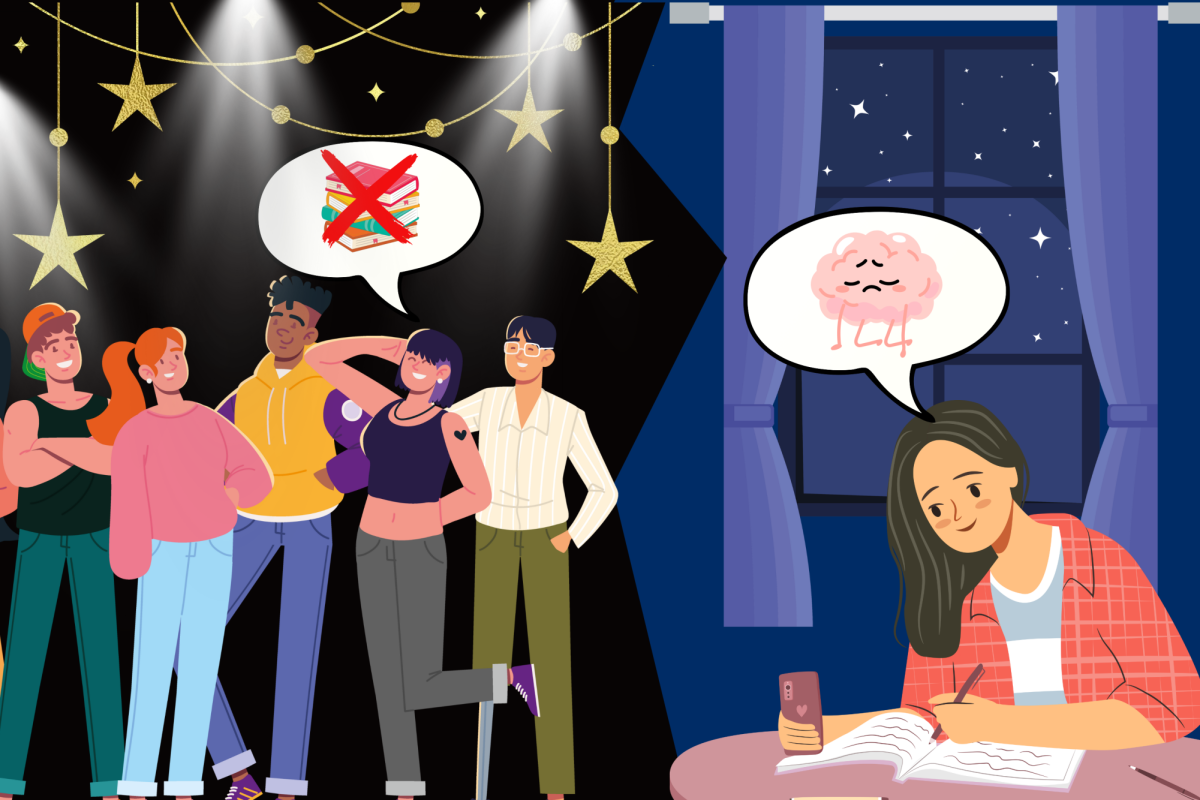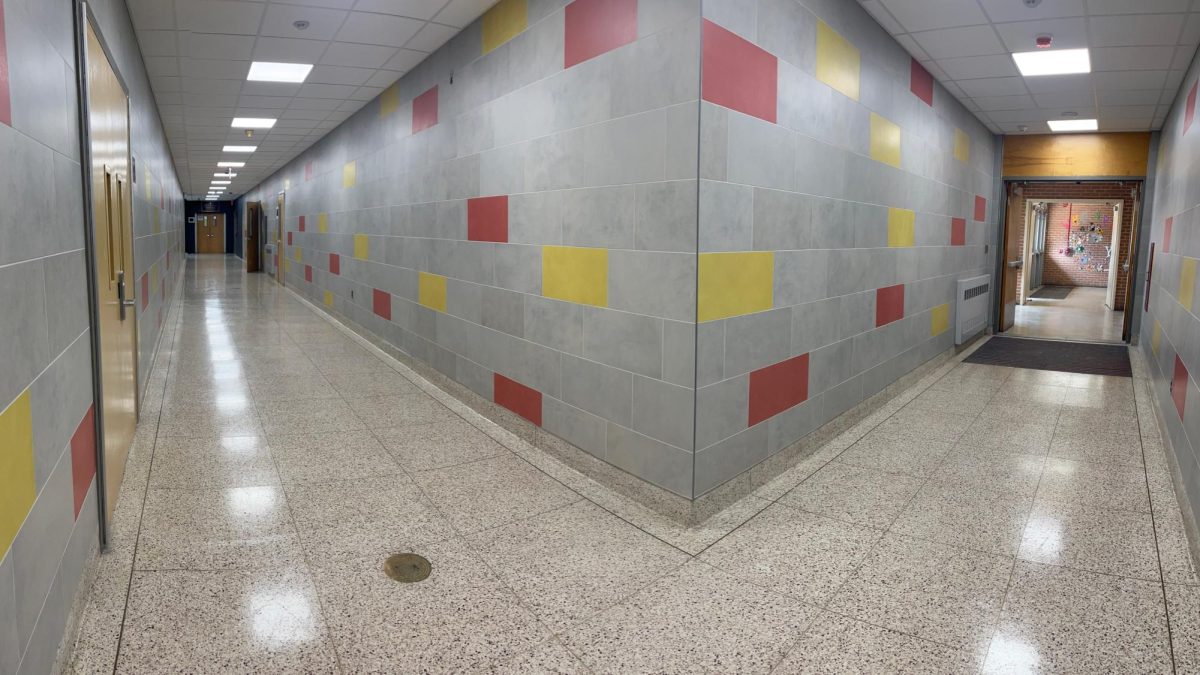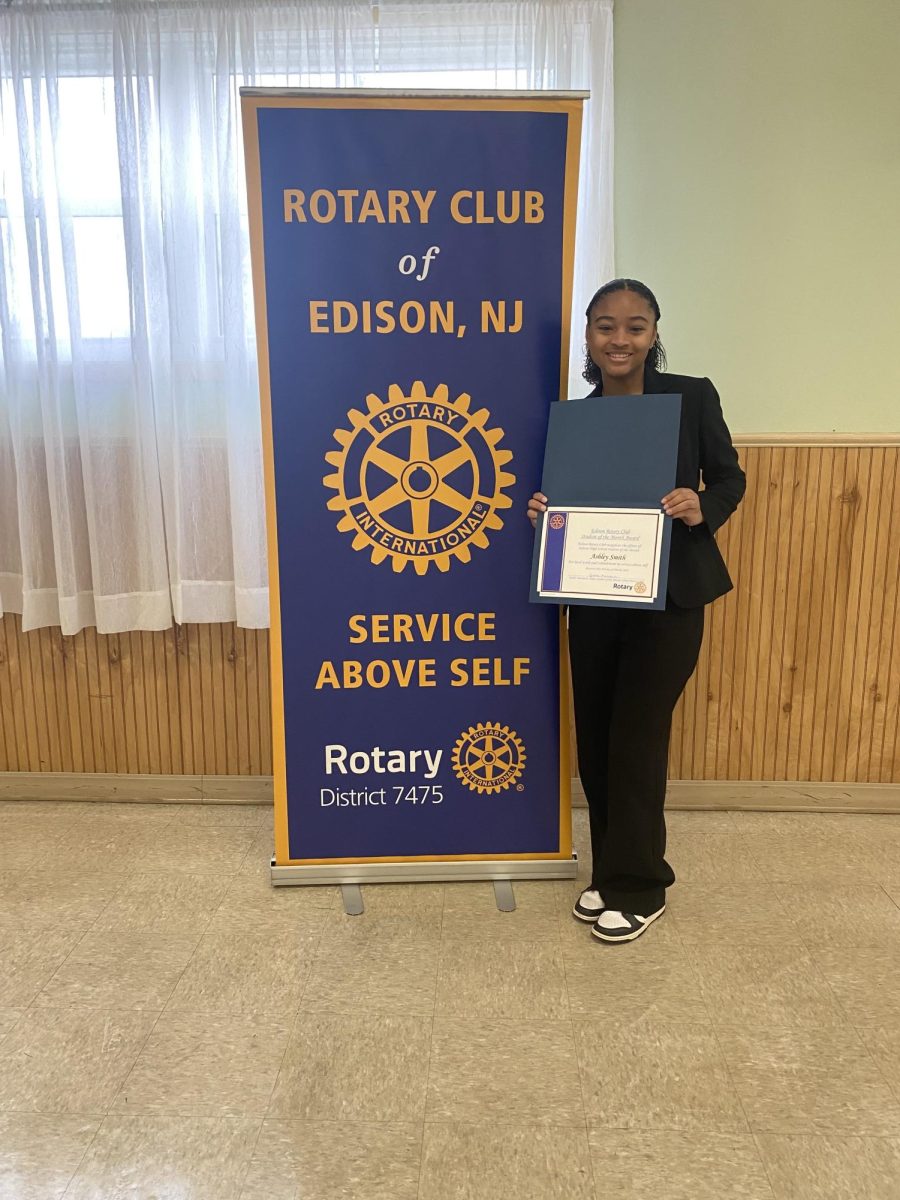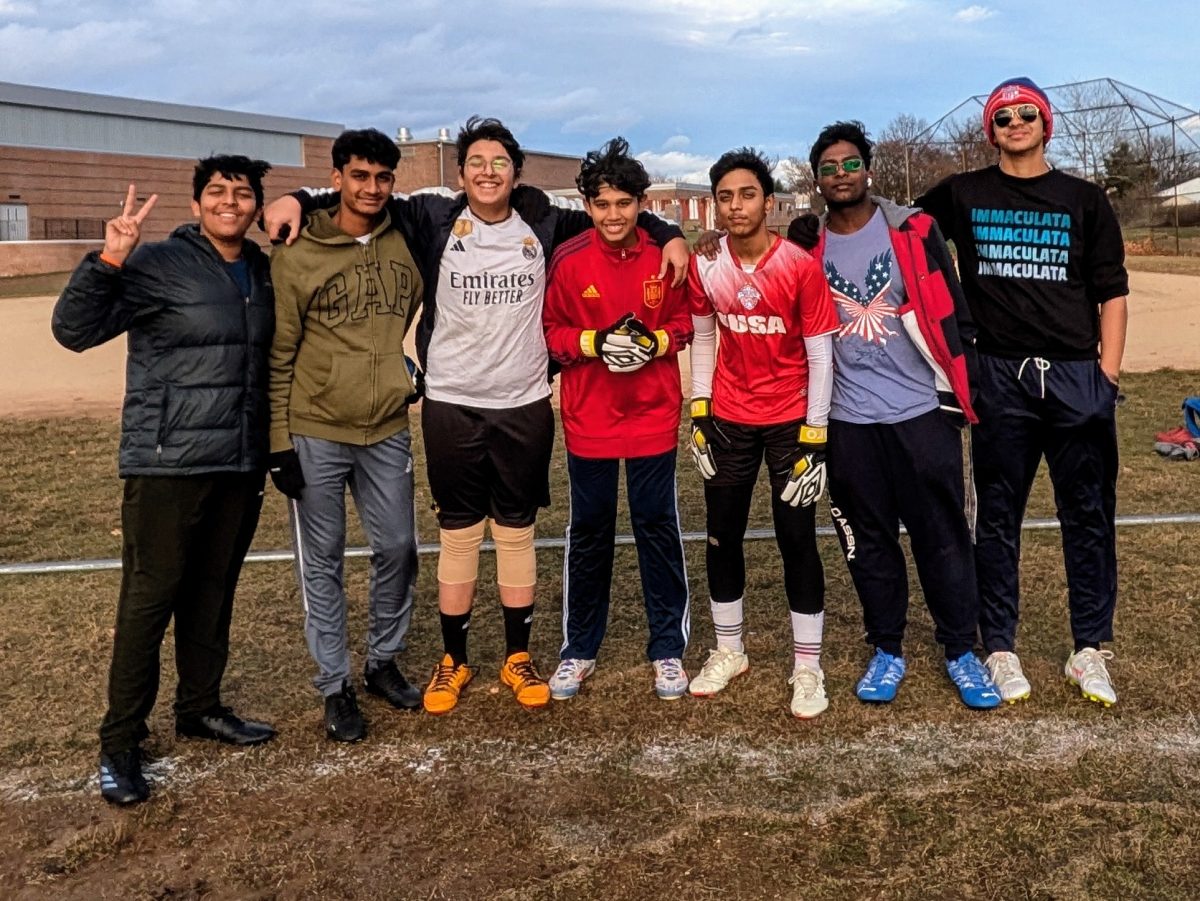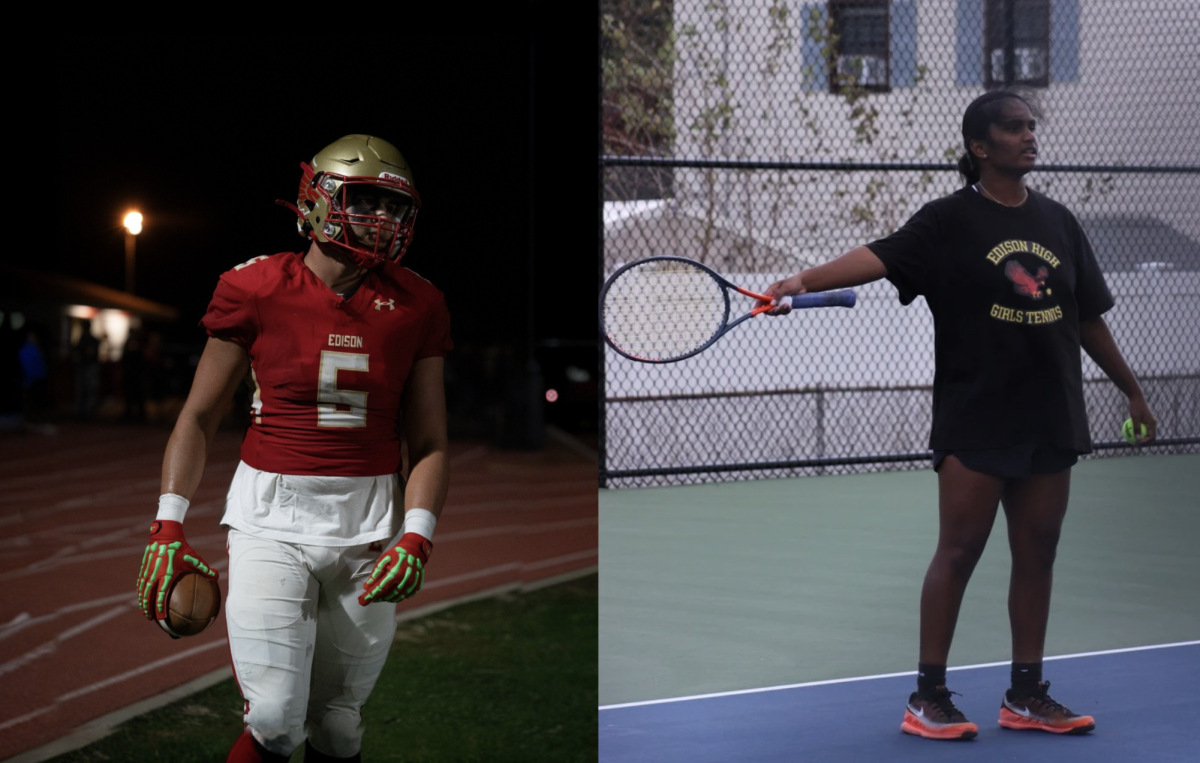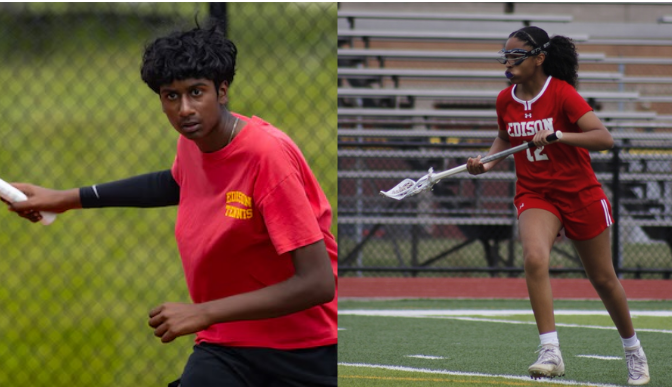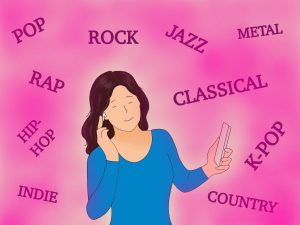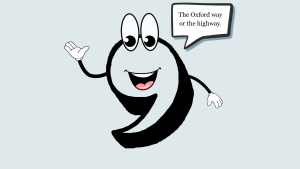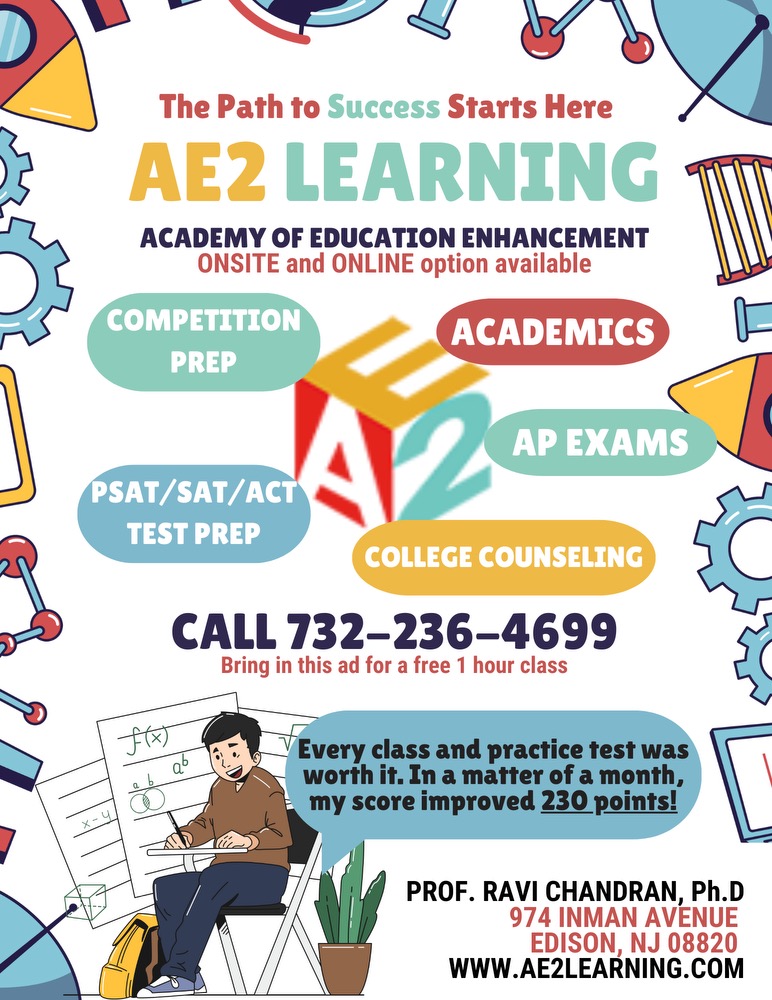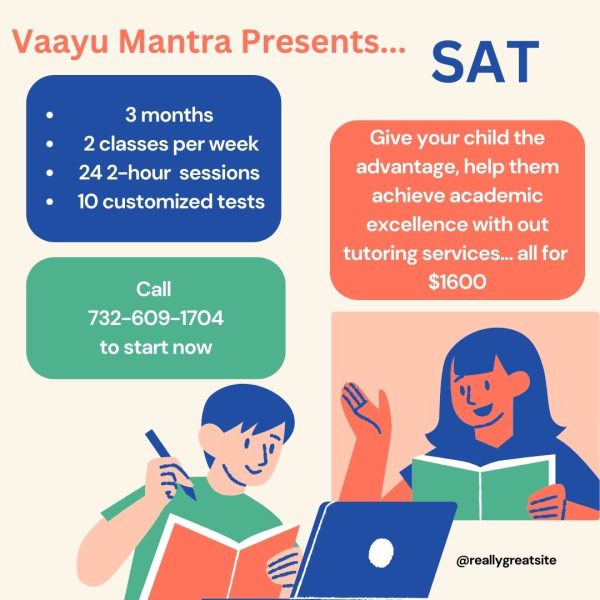The Coronavirus and Racism from the Perspective of an Asian-American
April 20, 2020
Why is it that some disasters promote unity, while others cause division?
On January 7, the Chinese government announced the identification of a novel coronavirus spreading through Wuhan, China. Since then, the virus, now named COVID-19, has spread into a pandemic.
Before the virus became a pandemic in America, the coronavirus was present in thought only. Quickly, the illness has become one of America’s hot topics—and not in a good way. Instead of offering sympathy towards a nation befallen by tragedy, the public effectively merged the virus and Chinese people into one entity. An Asian coughs—immediately, shouts of “coronavirus.” A particularly colorful nickname I remember was the “Kung-Flu.” I get it; as a whole, our generation faces darkness with humor. Even I found these jokes to be funny sometimes.
What I didn’t realize, however, was the toxicity of associating China and the virus. In hindsight, the deep-rooted association only set the framework for our current situation. I understand that the virus started in China; but, the result was that China and the virus became one and the same. You could not see an Asian person without seeing the coronavirus. Whether the jokes were a cause of or a marker (or both) of the ensuing racism, I can’t say. But the fact is that even before the epidemic reached America, racism against Asians was like a dark cloud hanging over the country. Business at Chinese restaurants dropped to nil. People refused to sit next to Asians on buses. They expressed openly xenophobic sentiments online. On a simple Instagram video about Korean egg toast, I’ve seen the comments flooded with remarks such as “is that from China? No thanks” and “disgusting Chinese.” The word “coronavirus” felt heavy on my tongue, like a curse.
It hurt me to see those comments. My entire family lives in China whileI live with my mom and my brother in America. Some of the most important people in my life live thousands of miles away from us. In the daytime, I went to school as normal, and I hung out with my friends, and I dealt with the occasional coronavirus joke, laughing. And at night, when my family called, I heard about the direness of the situation in China. I heard about the fear and the anxiety my family was experiencing. They were all quarantined inside their homes. In turn, I felt fear and anxiety for my family. I felt scared for my four grandparents, who are all considerably old. I felt sorry for my little cousin who had not seen her friends since the beginning of January.
And yet, while my family was suffering, all I saw was an increasing anti-Chinese sentiment permeating through daily life. On the Internet, people continued to surround themselves with the concept of an “other” people, those “Chinese people,” who were so disgusting to eat bats and get diseased: a savage, backwards people. Combined with a red scare against China pushed by the media, with titles like “a Communist coronavirus” and “China violating human rights,” the idea that China was an evil entity rather than a people suffering bloomed. And through the chaos, one prominent and tragic message emerged: China deserves the coronavirus.
With this sentiment, there became a vacuum of empathy and consideration.
Now, the coronavirus has spread. Americans are suffering the same way Chinese people have suffered, are still suffering. Now, clearer than ever, the coronavirus pandemic is a tragedy. The suffering of the American people is profound. And yet, there is no empathy, no understanding reached of the pain the Chinese people have gone through. Instead, the fear that became contempt turned into hatred. The silent racism that once hung over our nation like a poisonous fog has morphed into a loud, ugly, violent hailstorm.
With the fear and anxiety spiking in America, the first wave of online harassment of China yielded a second wave of physical violence against Asian-Americans.
In just 10 days, from March 19, Nextshark reported the Asian Paific Policy and Planning Council gathered “670 direct reports of discrimination against primarily Asian Americans”. On March 14, the Dallas Morning News reported a Burmese family was attacked in a Sam’s Club in Texas, including two children—children— aged 2 and 6. The perpetrator said that he did what he did because he thought the family was Chinese and spreading the coronavirus. An Asian woman had acid thrown on her face in Brooklyn, the attacker taking pictures and laughing. In Edison, in our own town, a town whose strength is its diversity and acceptance, a 55-year old Asian woman was punched in the head by a group of teens, according to Nextshark.
When you combine ignorance, fear, and misinformation, what you get is racism. It’s no secret that misinformation runs rampant in this country. In turn, we have cultivated a crop of Americans who, in the face of opposition, refuse logic and information. Instead, bitter individuals with a preconceived notion in their heads—that the virus is China’s fault—surround themselves with narratives that fit their emotions. So when the American population is constantly and consistently battered with names like “the Chinese Virus,” “the Kung-Flu,” and “The Ching Chong Virus,” what gets embedded in the public psyche is an airtight association of China with COVID-19. Jokes may be jokes, but what gets perpetuated is the misconception that it is okay to keep pushing the narrative that Asian equals disease. What you get is uneducated people associating a virus with ethnicity and acting on their building hatred against Asians. There has been incredible loss of life in America, but tragedy does not justify spite or undeserved retribution.
What cannot be ignored either is the Asian community’s own fanning of the flames of racism. When an elderly San Francisco Asian man was assaulted by an African American man and ridiculed on camera, many members of the Asian community, too, turned their grief and fear into rage and racism against the black community, unaware of their capitalization of anti-black sentiments over the years and ignorant of their own racist mannerisms towards the black community. Anger is understandable; retaliation is not. Though racism exists on both sides, undoubtedly, in the face of the coronavirus epidemic, Asian-Americans are the overwhelming victims. And noting that in America, the black community is affected exponentially by infection underscores our further need to support one another, regardless of superficial differences.
Some disasters create unity. Others cause division. When disasters involve a people that have been historically repressed—the Chinese Exclusion Act, the “yellow peril,”—they create a violent rift in a country meant to be a melting pot of cultures, a land meant for opportunity and freedom. And though we have seen incredible fortitude and unity from the American people and our brave frontliners, and though we have seen myriads of people speak up against the anti-Asian sentiments in the U.S., we absolutely can’t ignore the atmosphere of sharp hostility towards Asian-Americans.
With that, I’d like to bring attention back to the aforementioned San Francisco man. In his case against his assaulter, the San Francisco District Attorney withdrew charges in favor of restorative justice. Instead of jail time, the elderly man chose to give a second chance. Instead of revenge, he chose love.
The pandemic is not over yet. I have no doubt that the anti-Asian sentiment will continue to be perpetuated, and unfortunately, I know that the attacks against the Asian community will not stop, even after the epidemic is over.
But eventually, the scars we’ve amassed will have to begin to heal.
























